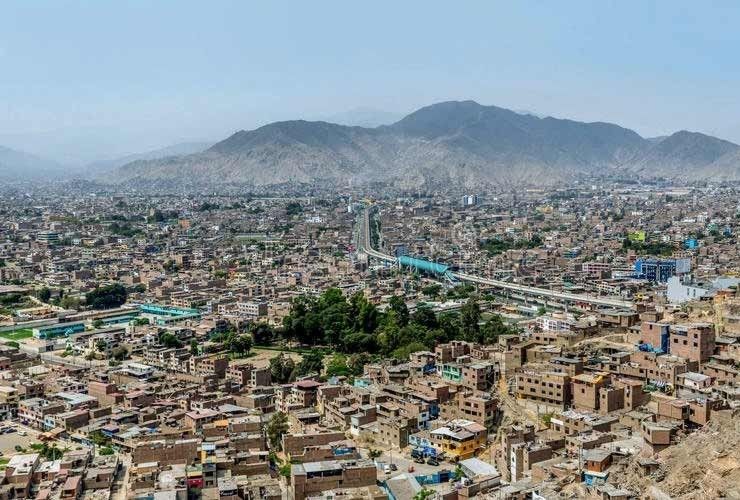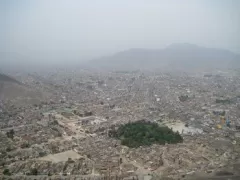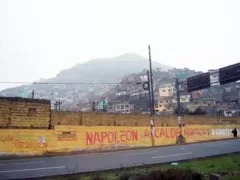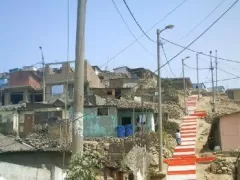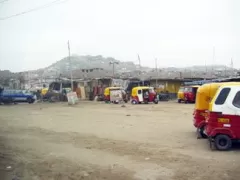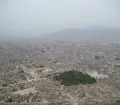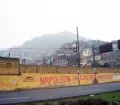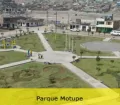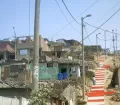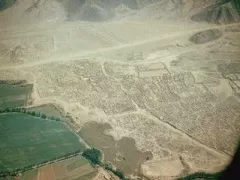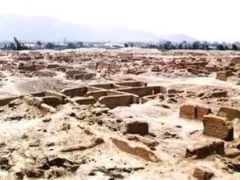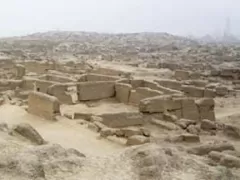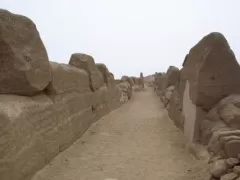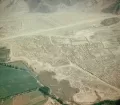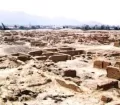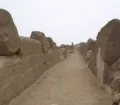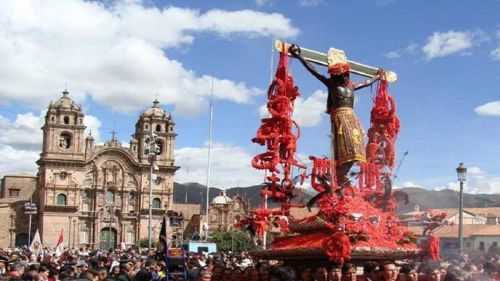San Juan de Lurigancho (SJL) is located northeast of Lima's city center. It's the most populated district in Peru. More than 10% of Lima's population lives here. Although it has areas of economic activity and acceptable living conditions, it is also home to numerous slums and extensive urban poverty.
Many NGOs and aid agencies are trying to improve the situation in San Juan de Lurigancho, but there is still so much more left to do.
Our district begins to smile! (Official slogan of the Municipality San Juan de Lurigancho)
Places to visit & attractions in San Juan de Lurigancho
The Dead City of Cajamarquilla
(Archaeological complex)
One of the very well-known archaeological sites right on the border with the district of Ate-Vitarte is the "Dead City" of Cajamarquilla. Cajamarquilla is located on km 15 of the Carretera Central near Huachipa. Around 500 AD the Wari built the archaeological complex on the remains of earlier settlements. Cajamarquilla developed to a major commercial, administrative and military city with a population of about 15,000 people. The extensive remains of the city include ancient dwellings include mud walls, pyramids, temples and streets. After the decline of the Wari other cultures like the Ichma and Inca occupied the city. Already the few investigations made in Cajamarquilla so far brought up a lot of information about ancient cultures and the city itself. Some archaeologists assume, that Cajamarquilla wasn't the main city of the Wari, in fact it was abandoned at this time. They assume that cultures before and especially after the Wari period like the Ichma left us this impressive site.
Just a few kilometers away on the plain of Cajamarquilla hundreds of strange man-sized holes were found carved into the barren rock. These holes stretch nearly for 2 km and seem to form some sort of way. Nobody knows who made them or why. Even archaeologists are without a conclusive and convincing clue.


